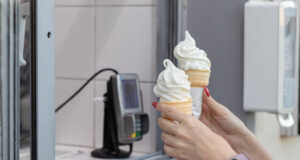When you have to read something, do you get upset over the fine print and the fact that you have to use your reading glasses? As we get older, that fine print becomes smaller and smaller and our ability to read it becomes more and more difficult.
It seems as if this may not be as much of an issue, as the FDA has approved eyedrops that will treat a condition known as presbyopia.
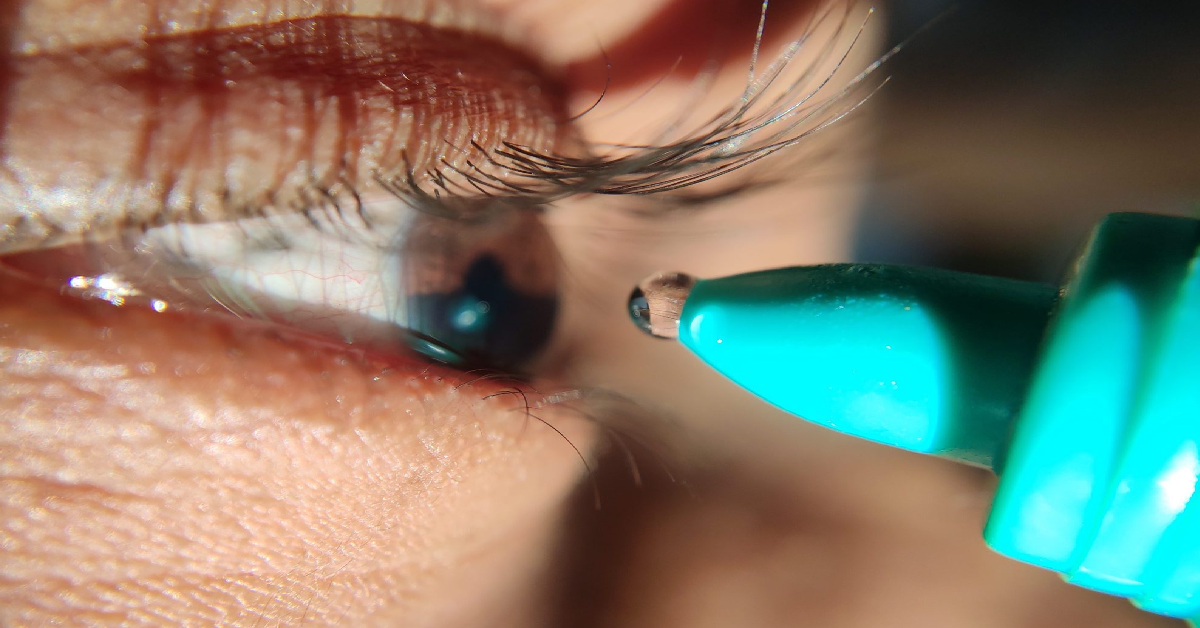
Presbyopia is a medical condition that many people have and few people realize that they have it. It is associated with blurry near-vision that is related to your age. As a progressive condition, it affects almost 50% of adults in America and causes an increasingly difficult ability to focus on objects up close. It can affect people of any age but is more likely to affect those over 40.
When you go in for an eye exam, your optometrist or ophthalmologist can diagnose this issue. It is not reversible, but wearing reading glasses or contacts may help you to avoid surgery. There are also times when surgery may help with the problem.
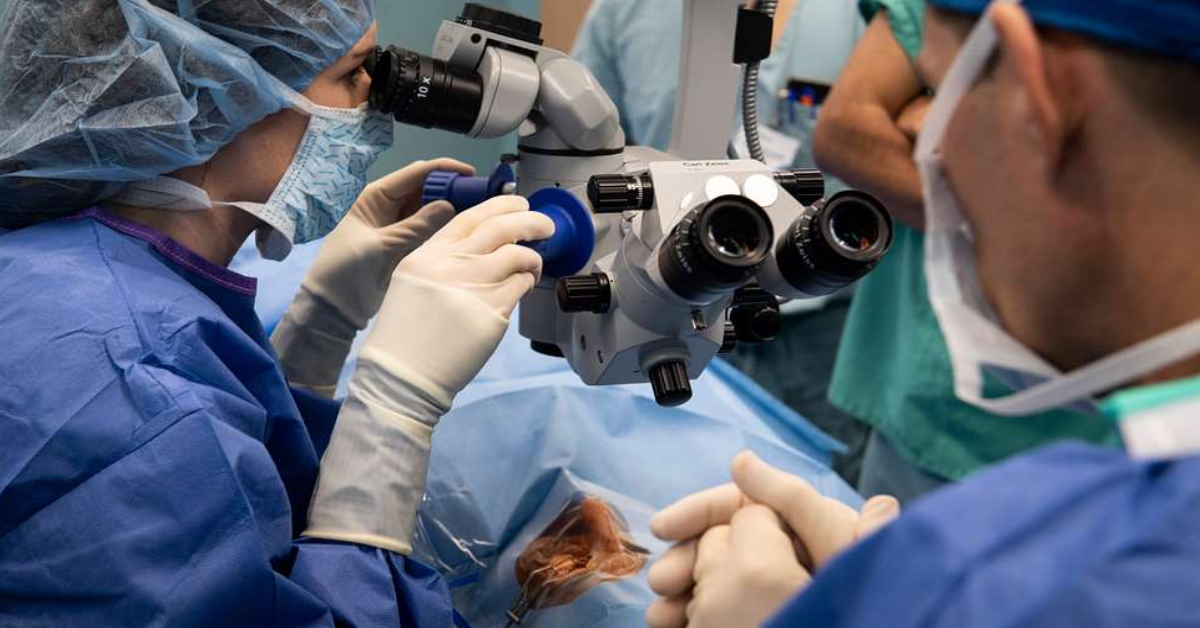
Now that the FDA is approving of a once-daily solution called Vuity, it may just stop your blurry vision from being a problem altogether. It seems as if the eye drops cause your pupils to constrict and allows you to see with improved clarity for up to 10 hours. It takes about 15 minutes before the drops begin to work.
One of the 750 clinical trial participants, Toni Wright, had to wear reading glasses to read anything so she kept them laying around all over the home. When she started using the treatment, she noticed an immediate benefit.
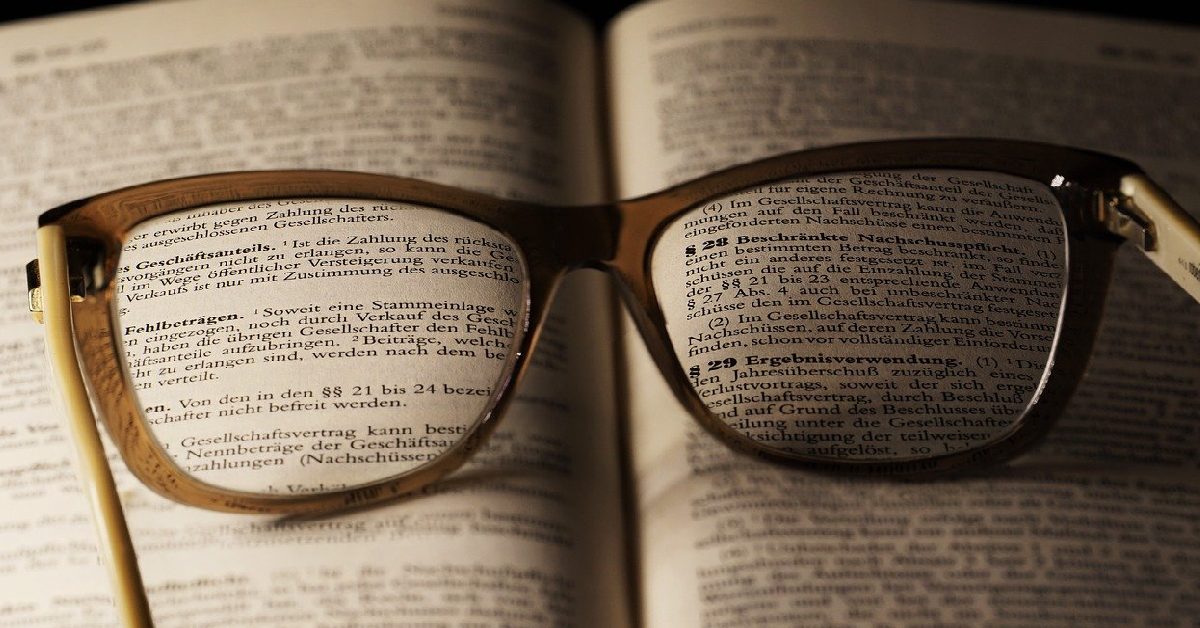
“As I’ve gotten older, my vision has changed, and it has become almost impossible to see clearly up close unless I wear my readers. Realizing that I needed to start using readers showed me how important it was to address this condition,” Wright said, according to a press release . “It was great to have the opportunity to participate in the clinical study investigating a new potential treatment option.”
According to CBS News, she called the treatment a “life-changer.” A spokesman for the company said that it works best for people who are between 40 and 55 years of age.
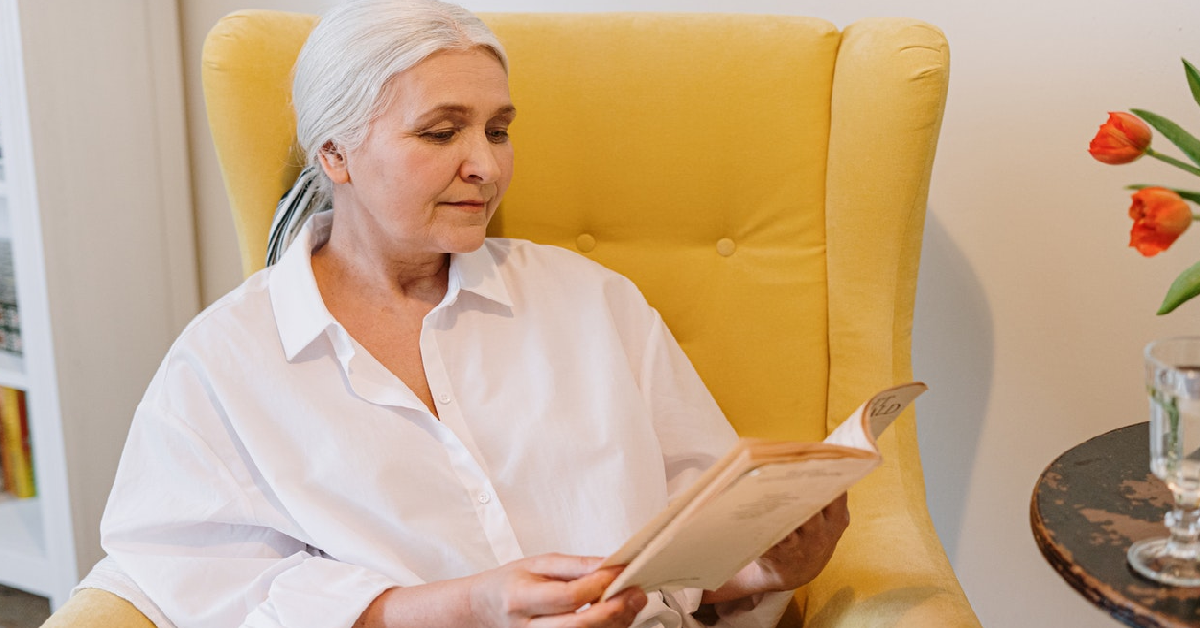
Dr. Scott M. MacRae is an ophthalmologist who says it may be a helpful alternative for those who don’t want to worry about reading glasses, according to the New York Times.
There are some cautions to consider when using the eyedrops. It is possible to wear contacts at the same time but they should be removed before you put the eyedrops in and you will have to wait 10 minutes before reinserting your contact lenses. You may also have problems driving in low light conditions and some people have had headaches after taking the drops.
You can get a prescription for these eye drops, and they cost about $80 for a one-month supply.




